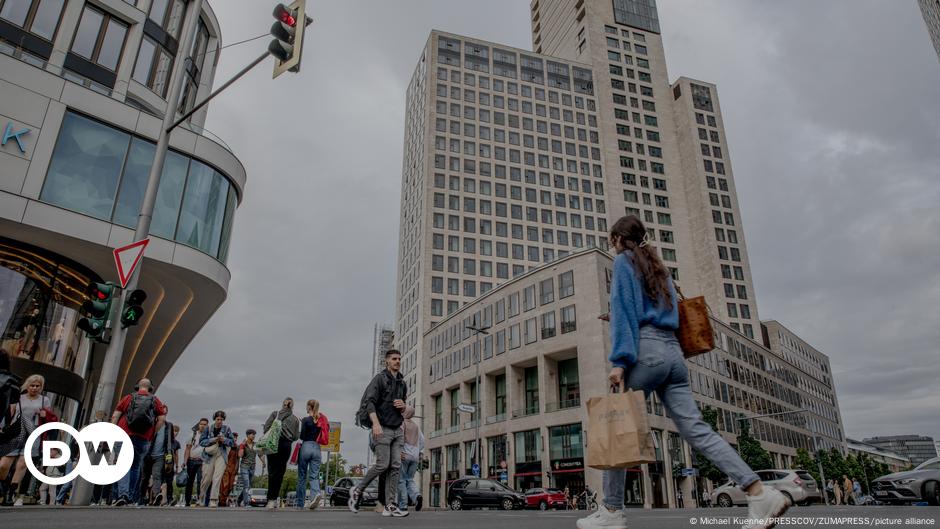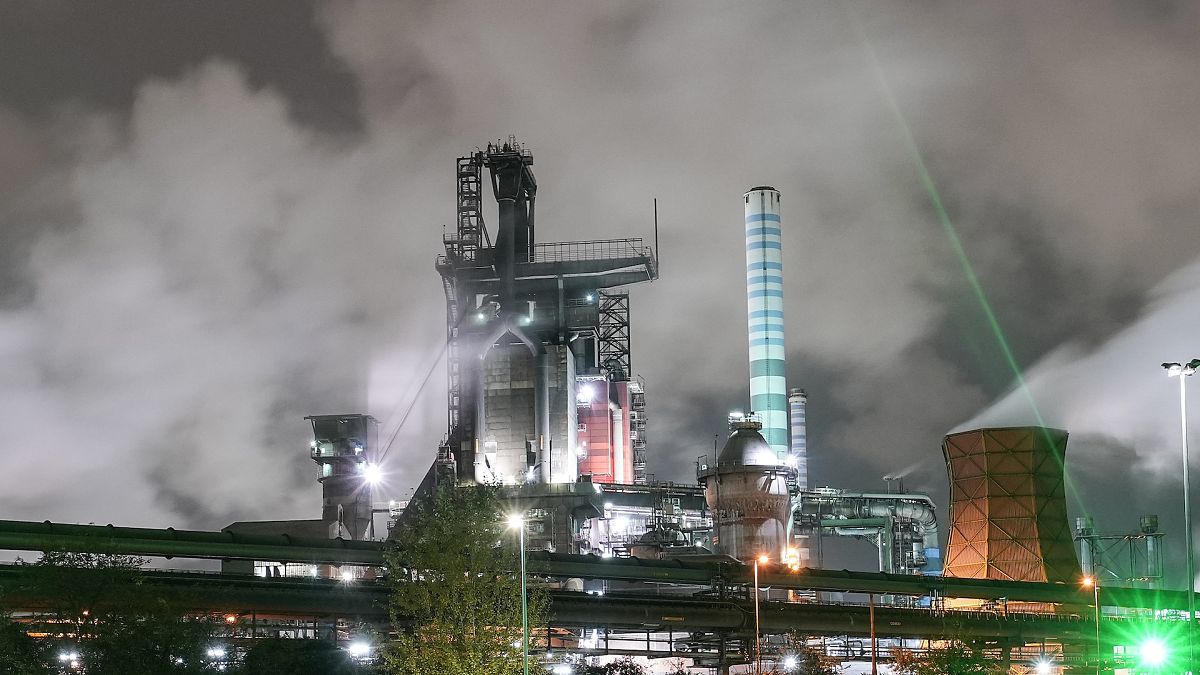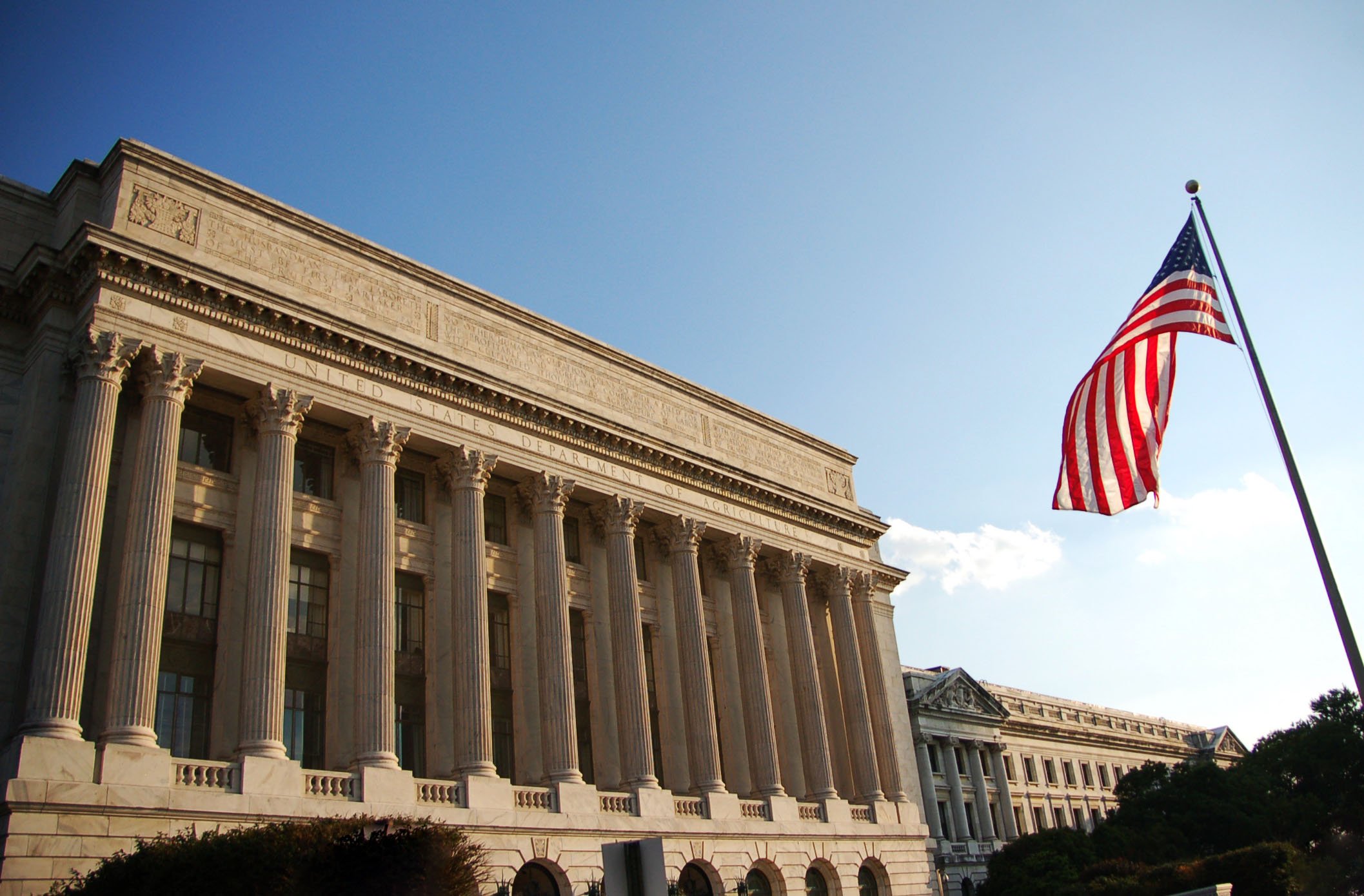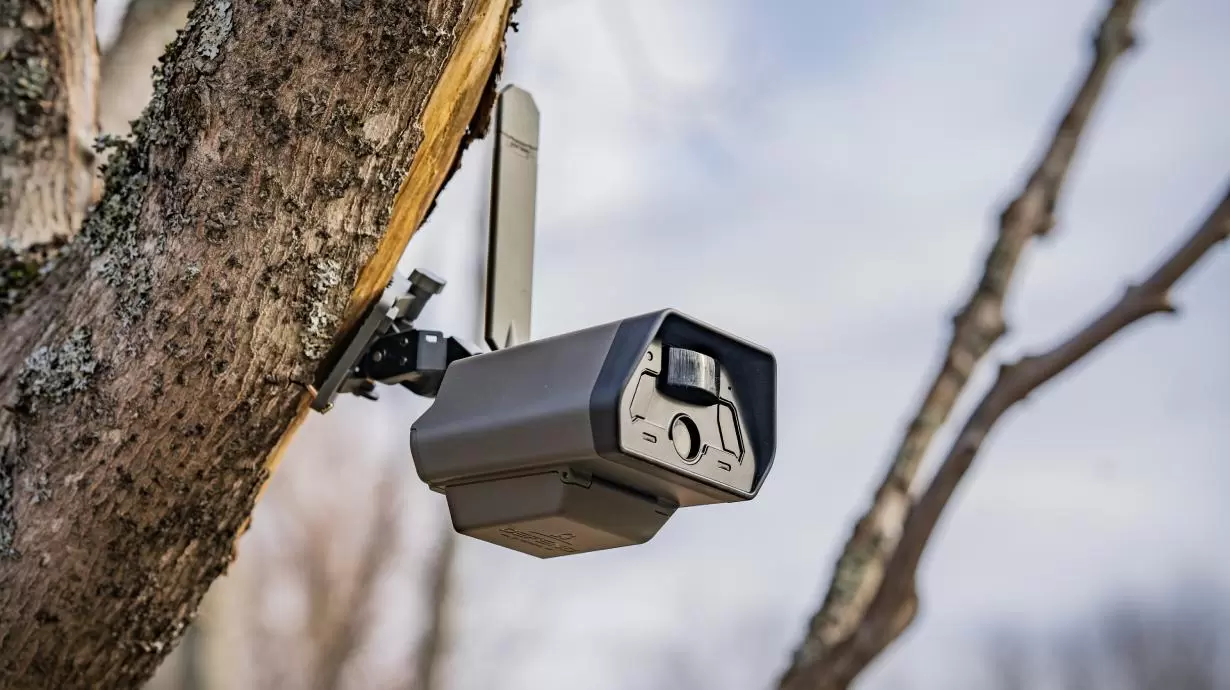World
Extreme Weather Around the World Risks Boosting Food Bills

(Bloomberg) — Droughts, downpours and fires from Asia to the Americas are stoking worries about crop harvests, pushing up prices for food staples that could eventually flow through to higher grocery bills.
Most Read from Bloomberg
The Bloomberg Agriculture Spot Index — which includes nine major products — is on track for a monthly gain of about 7%, the most since Russia’s invasion of Ukraine sent markets soaring in early 2022. While it remains far from that year’s peak, the rally comes as farms from Brazil to Vietnam and Australia battle both flooding and overly dry weather, threatening sugar, grain and coffee.
“We have recently seen a confluence of worse weather conditions that have pushed prices higher,” as the supply uncertainty means buyers are willing to pay more, said Michael Whitehead, head of agribusiness insights at ANZ Group Holdings Ltd.
That marks a turnaround from earlier this year, when food prices were largely kept in check by healthy supply and flagging demand in key markets like China. If the rebound continues, it could feed into prices in supermarket aisles, said Dennis Voznesenski, associate director of sustainable and agricultural economics at Commonwealth Bank of Australia.
The agricultural index tracks the staples used to feed livestock, sweeten beverages and bake bread. Smaller crops like cocoa — essential for chocolate makers — have also rallied in 2024 after shortfalls from West Africa, and weather disruptions sent vegetable costs spiking in some countries.
Wheat futures in Chicago climbed in September on concerns that poor weather in major exporters could further pinch global stockpiles that are already headed for a nine-year low. Australian fields have faced threats from both dryness and frosts, and a lack of rain in the Black Sea region is restraining plantings for next year’s crop.
Meanwhile, soybean futures are set for the biggest monthly gain in two years as top grower Brazil grapples with its worst drought in decades. The arid conditions — which have restrained the early sowing pace — are expected to persist in some areas, forecaster Maxar said in a note Friday. Fires also broke out in the nation’s sugar-cane fields, pushing futures for the sweetener up nearly 17% this month.
Arabica coffee climbed to the highest since 2011 as the poor weather there impacts trees during the crucial flowering period, too. The usually cheaper robusta coffee variety has also been hit by bad weather, making it now almost as expensive. Drought in Vietnam’s coffee belt, followed by heavy rain as the harvest nears, has hurt output in the major grower.
And elsewhere in Southeast Asia, palm oil supplies are tightening as trees age, pushing futures to a five-month high and a rare premium against rival soybean oil.
All that means more pain across the supply chain — from farmers grappling with coffee bean theft to consumers stumping up more for burgers. And hedge funds are betting on further gains, increasing net-bullish bets on sugar, soybean meal and cocoa as of Sept. 24, government figures show.
Drought across much of northern and central Brazil will likely continue to threaten crops in the agricultural heavyweight, analysts at JPMorgan Chase & Co. said in a report last week. Plus, traders are monitoring tensions across the Middle East and Black Sea and how the outcome of the upcoming US election impacts trade relations with China, according to Whitehead.
“There’s a reasonable degree of volatility that the markets aren’t asleep to,” he said. “Keep one eye on the sky and the other eye on the politics.”
Most Read from Bloomberg Businessweek
©2024 Bloomberg L.P.










